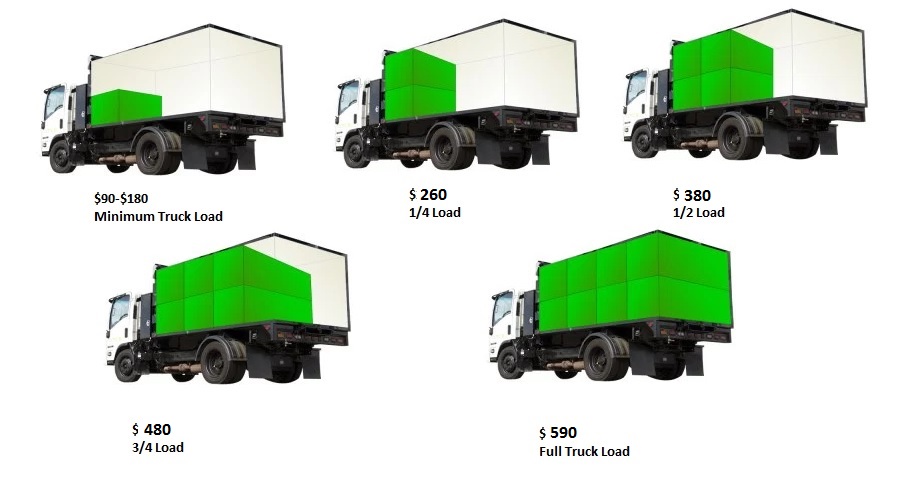How To Select The Right Dumpster Dimension For Your Job: A Comprehensive Overview
How To Select The Right Dumpster Dimension For Your Job: A Comprehensive Overview
Blog Article
Short Article Created By-Matthiesen Fisher
When starting a job that requires a dumpster, the size you select can substantially affect its effectiveness and cost-effectiveness. Envision having the perfect container that fits all your waste without being exceedingly big or as well little. Everything starts with comprehending the nuances of your task and choosing a dumpster dimension that straightens with your specific demands. So, prior to you choose, think about the aspects at play to make sure a smooth waste management procedure from start to finish.
Factors to Think about
When deciding on the appropriate dumpster dimension, there are several essential elements to consider.
First, consider the sort of waste you'll be throwing away. Different products may require varying quantities of space, so comprehending what you'll be putting in the dumpster is vital.
Next off, examine the quantity of waste you expect to produce. If you take too lightly the quantity, you might need to make multiple journeys to dispose of whatever, which can be inconvenient and costly. On the other hand, renting a dumpster that's also big can result in unneeded costs.
Additionally, consider the area where the dumpster will certainly be put. Make certain there's enough room for the dumpster to be supplied and gotten with no obstructions.
Lastly, think of any weight restrictions that may apply. Going beyond the weight limit can result in extra fees or even the refusal of service.
Dumpster Size Options
For selecting the right dumpster dimension, it's important to have a good understanding of the available choices. Dumpster dimensions commonly vary from 10 to 40 cubic lawns, with variations in between.
A 10-yard dumpster appropriates for small tasks like a garage cleanout or a little restoration. If you're tackling a medium-sized task such as a cooking area remodel or a basement cleanout, a 20-yard dumpster may be the best option.
For larger jobs like a whole-house renovation or industrial building and construction, a 30 or 40-yard dumpster could be better to accommodate the volume of waste generated.
When selecting a dumpster dimension, think about the amount and type of particles you expect to dispose of. It's much better to select a somewhat bigger dimension if you're not sure to prevent overfilling. Remember, it's even more cost-effective to lease a dumpster that fits your needs instead of having to order an extra one.
Matching Dimension to Task
Optimally matching the dumpster size to your job is important for effective waste administration. To determine read page , consider the scope and nature of your task.
For small home cleanouts or remodellings, a 10-yard dumpster might be adequate. These are commonly 12 feet long and can hold around 4 pickup tons of waste.
For larger jobs like renovating several spaces or clearing out a large estate, a 20-yard dumpster might be more suitable. These are around 22 feet long and can hold around 8 pickup truck tons.
If https://how-much-for-dumpster-ren45554.blogsvila.com/30142556/change-your-home-professional-junk-removal-providers-for-a-tidy-atmosphere or business remodelling, a 30-yard dumpster could be the best fit. These dumpsters are about 22 feet long and can accommodate about 12 pickup tons of debris.
Matching the dumpster size to your project guarantees you have adequate space for all waste products without overpaying for unused ability.
Conclusion
To conclude, picking the best dumpster size for your task is crucial for effective waste disposal. By thinking about aspects like the kind and amount of waste, room schedule, weight restrictions, and budget plan restrictions, you can guarantee you have the suitable size dumpster for your requirements. Ensure to match the dimension of the dumpster to the scope and nature of your project to avoid overspending on unnecessary expenses.
